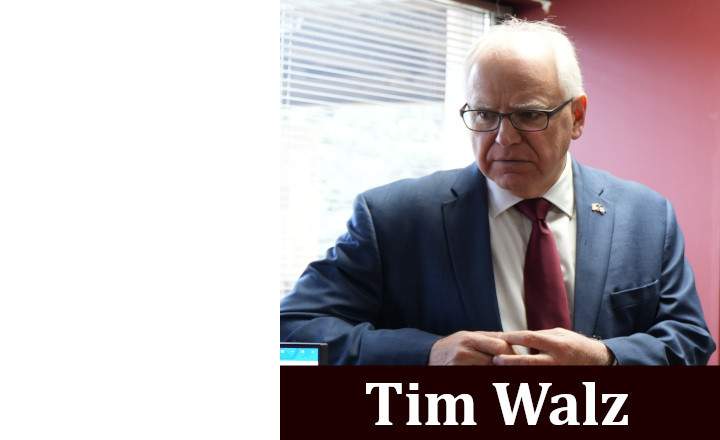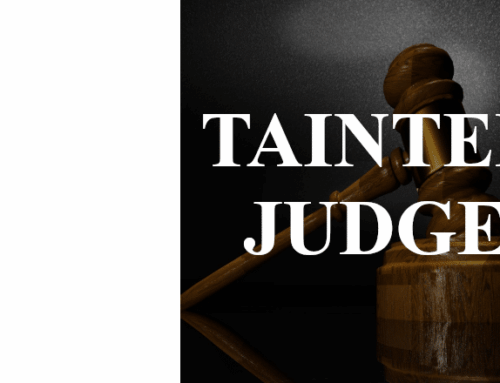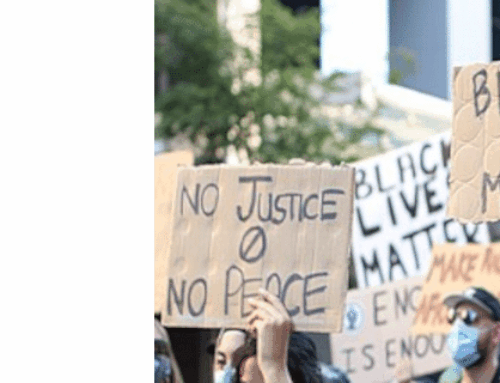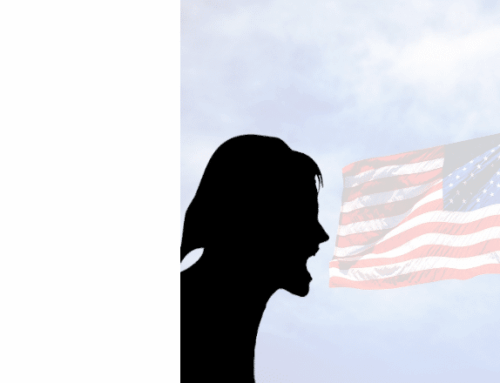The First Amendment references religion twice: the free exercise provision and the establishment provision (they are incorrectly called clauses).
The First Amendment was originally slated to be the Third Amendment (but was moved up after the first two failed to be adopted). Written by Madison, he meant the former provision to guarantee the free expression of religion. The latter meant that (a) there could be no national church, and (b) there could be no favoritism of one religion over another. That was it. The rest was left to the states to decide (there were even state churches at the time).
The two provisions were meant to be complementary, not treated as if they were opposites (which is the flawed contemporary understanding). Jointly, they mean that the government cannot encroach on religion.
One governor who has no clue about what the First Amendment means is Tim Walz, the chosen vice presidential nominee for the Democrats.
On March 13, 2020, the Minnesota governor declared a “peacetime emergency” in response to Covid. Between March 13 and May 5, he would issue 51 “emergency executive orders” that greatly curtailed freedom of religion. As part of these orders he created a hotline for Minnesotans to report their neighbors for not complying with his orders. Essentially a state snitch patrol, it was reminiscent of what Orwell predicted in 1984.
On May 6, the Upper Midwest Law Center filed a lawsuit in U.S. District Court on behalf of the Northland Baptist Church and Living Word Christian Center against Walz for his executive order limiting the capacity of houses of worship.
On May 13, Walz really socked it to people of faith. He issued an executive order limiting houses of worship to 10 persons per service. But he allowed up to 50 persons to go to malls, shops, and other retailers. Other businesses such as pet-grooming services and medical marijuana dispensaries were allowed to resume in-person operations. Bars and restaurants were given instructions on a phased plan of reopening. Even casinos were allowed to resume by the end of the month, and the Mall of America was allowed to reopen for those seeking “retail therapy.” But those seeking spiritual therapy at their local church were capped at ten.
A week later, on May 21, the Minnesota Catholic Conference and the Lutheran Church—Missouri Synod announced they would not comply with Walz’s discriminatory policy. They said they would reopen at 33 percent capacity. Walz immediately slammed the door on them, saying they had to wait. He declared he was resolute on enforcing the 10 person cap for houses of worship. The same day a U.S. District Court judge sided with the two churches who brought suit on May 6.
Two days later, on May 23, Walz reversed his position and announced a new plan to reopen the houses of worship with 25 percent capacity. He cited a new CDC policy as the reason for his change.
On March 30, 2021 Walz lost in his effort to dismiss the lawsuit brought by the two churches. This was the first substantive loss in court that Walz faced; it compelled him to settle out of court to cut his losses.
On May 6, Walz reached a settlement with the two churches and agreed to end his discriminatory treatment of churches and other houses of worship by promising that Emergency Covid Orders would treat all houses of worship the same as stores and entertainment venues. On the same day, he announced a new plan to “end nearly all state Covid-19 restrictions by May 28.”
Walz was not alone in singling out churches, synagogues and mosques for punishment—this was standard fare for many executives. But he was among the worst. When religion takes a back seat to secular interests, it perverts the intentions of the Framers and creates a hostile environment for religious Americans.
What happened during Covid should never be allowed to happen again.
Contact Walz’s chief of staff: Chris.Schmitter@state.mn.us









